Select an Orthopaedic Specialty and Learn More
Use our specialty filter and search function to find information about specific orthopaedic conditions, treatments, anatomy, and more, quickly and easily.
GET THE HURT! APP FOR FREE INJURY ADVICE IN MINUTES
Shoreline Orthopaedics and the HURT! app have partnered to give you virtual access to a network of orthopaedic specialists, ready to offer guidance for injuries and ongoing bone or joint problems, 24/7/365.
Browse Specialties
-
- Minimally Invasive Surgery (Arthroscopy)
Arthroscopy (Minimally Invasive Surgery)
Arthroscopy is a minimally invasive surgical procedure used by orthopaedic surgeons to visualize, diagnose, and treat problems inside the joint. Because it requires only tiny incisions, arthroscopy can be performed without a major, invasive operation and many procedures can be done on an outpatient basis.
More Info -
- Foot & Ankle
- Joint Disorders
Bunions
A bunion is a bump on the MTP joint, on the inner border of the foot. Bunions are made of bone and soft tissue, covered by skin that may be red and tender. Prolonged wearing of poorly fitting shoes is by far the most common cause of bunions, especially styles that feature a narrow, pointed toe box that squeezes the toes into an unnatural position. Bunions also have a strong genetic component.
More Info -
- Foot & Ankle
- Joint Disorders
Hallux Rigidus (Stiff Big Toe)
Hallux rigidus usually develops in adults 30-60 and occurs most commonly at the base of the big toe, or MTP joint. When articular cartilage in the MTP joint is damaged by wear-and-tear or injury, the raw bone ends can rub together and a spur, or overgrowth, may develop on the top of the bone. Because the MTP joint must bend with each step, hallux rigidus can make walking painful and difficult.
More Info -
- Fractures, Sprains & Strains
- Ligament Disorders
- Muscle Disorders
- Neck and Back (Spine)
Low Back Pain
The most common causes of lower back pain are strains and sprains to the muscles, tendons or ligaments of the low back, ranging from simple overstretching injuries to partial or complete tears. the muscles surrounding the injured area typically become inflamed, causing back spasms that result in severe lower back pain and difficulty moving.
More Info -
- Neck and Back (Spine)
Lumbar Spinal Stenosis
Lumbar spinal stenosis is a common cause of pain in the lower back and legs. As we grow older, our spines change and over time, normal wear-and-tear and the effects of aging can lead to a narrowing of the spinal canal (spinal stenosis). This puts pressure on the spinal cord and spinal nerve roots, and may cause pain, numbness or weakness in the legs.
More Info -
- Foot & Ankle
- Sports Medicine
Posterior Tibial Tendon Dysfunction
Posterior tibial tendon dysfunction is one of the most common problems of the foot and ankle. It occurs when the tendon becomes inflamed or torn, which impairs the tendon’s ability to provide stability and support for the arch of the foot, resulting in flatfoot.
More Info -
- Joint Disorders
- Physical Medicine & Rehabilitation (PM&R)
- Shoulder
- Sports Medicine
Shoulder Impingement
Rotator cuff pain commonly causes tenderness in the front and side of the shoulder. There may be pain and stiffness when lifting the arm, or when lowering the arm from an elevated position.
More Info

